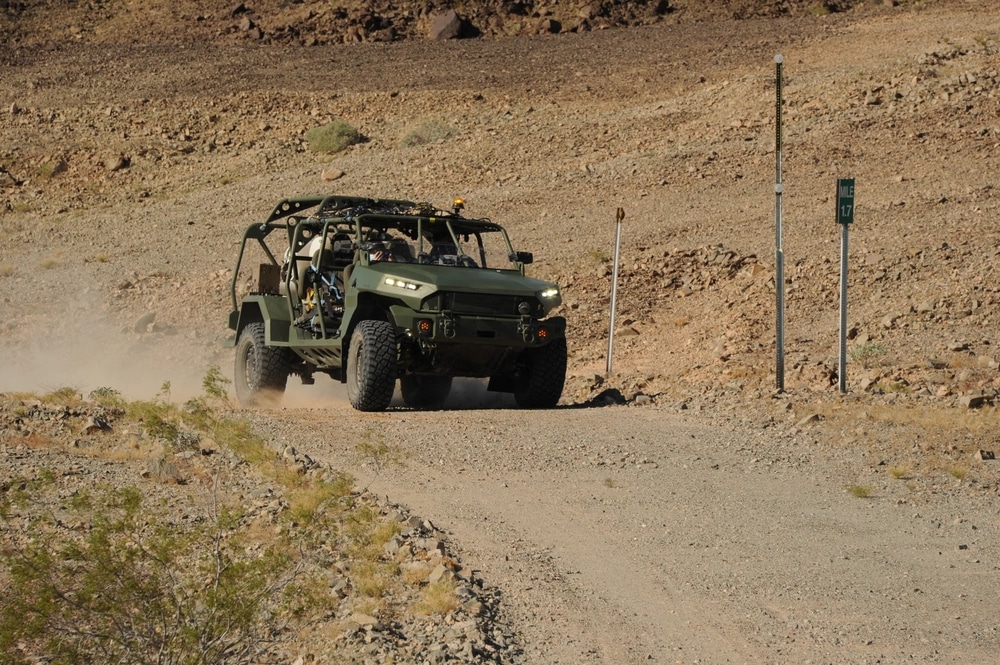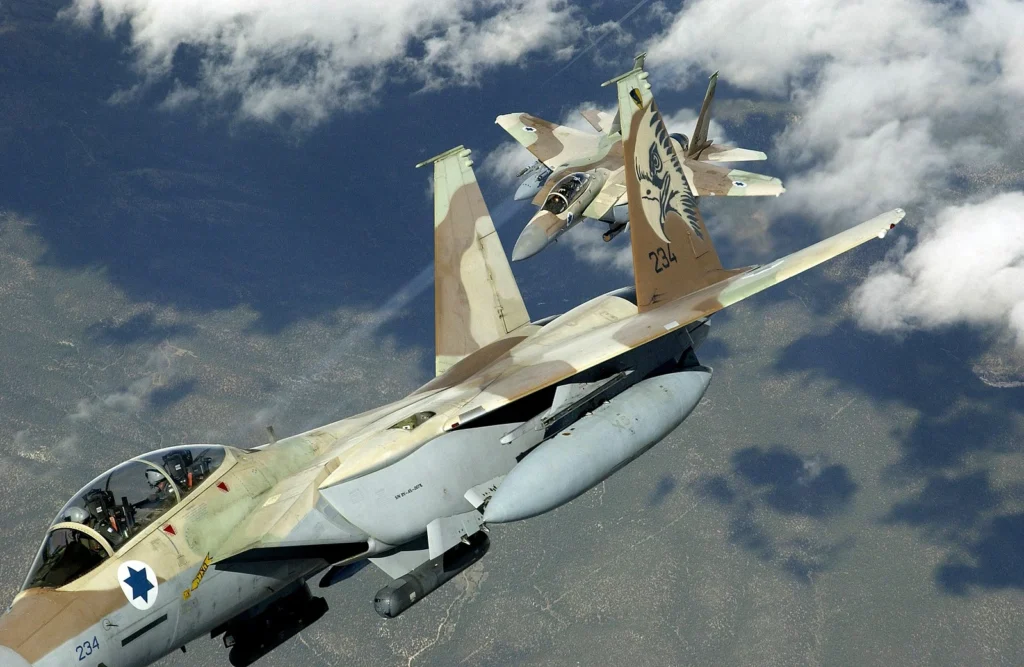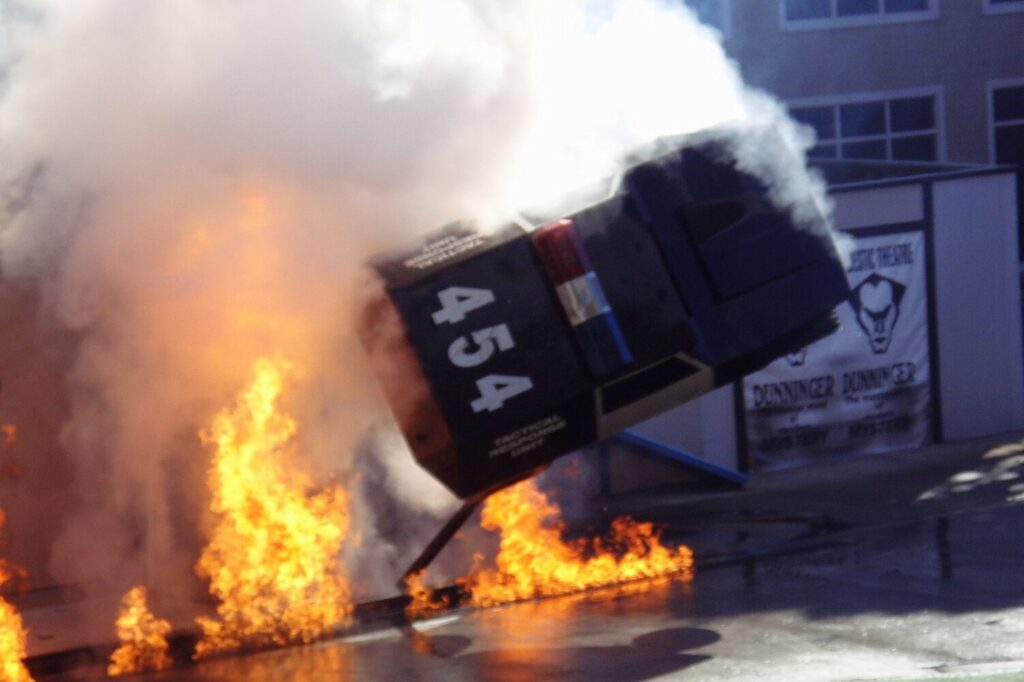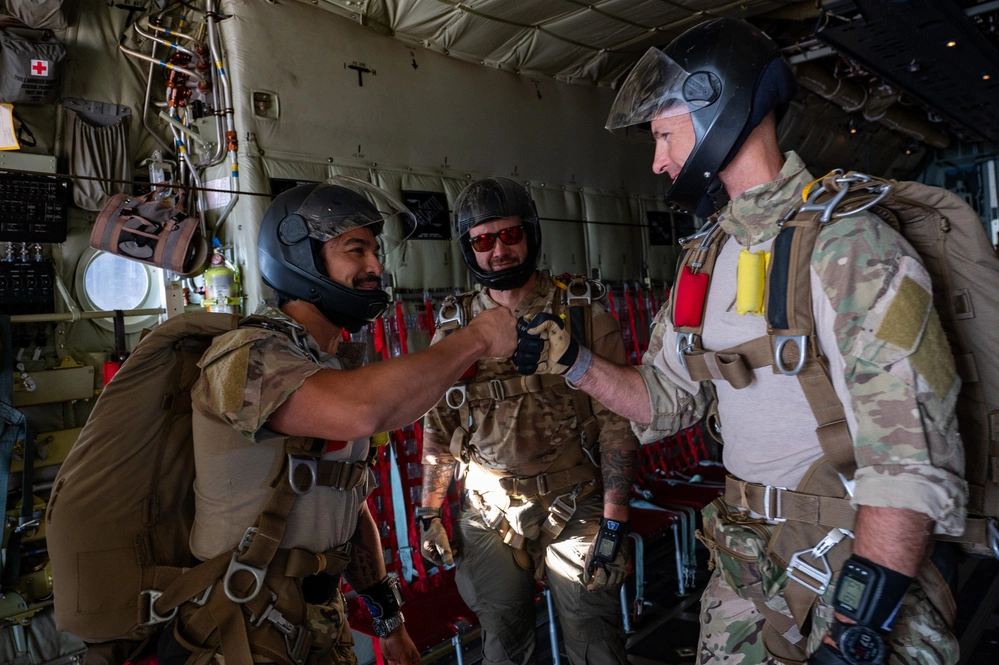Can the Army’s Infantry Squad Vehicle be saved?
- By Michael Peck
Share This Article

The Infantry Squad Vehicle, or ISV, is undergoing airdrop tests to ensure it can survive landing by parachute. But that still leaves rough treatment at the hands of Pentagon auditors who question whether the vehicle – intended to provide transport for Infantry Brigade Combat Teams – is sufficiently sturdy or reliable.
The ISV is undergoing new tests at Fort Bragg after manufacturer General Motors beefed up the ruggedness of the vehicle, whose requirements mandate a weight of no more than 5,000 pounds to enable it to be carried internally by a CH-47 helicopter, or slung under a UH-60. The changes were made “after a previous version of the ISV encountered material problems during developmental testing when it was discovered some vehicle components were insufficiently ruggedized for long-term vehicle service,” according to an Army press release.
This was followed by a 31-mile road test that took the two vehicles on “improved, semi-improved, and un-improved roads as well as off-road routes at various speeds.”
The ISV is intended to carry a nine-soldier squad – along with their gear – for 72 hours while being quiet, agile, and sturdy enough to maneuver off-road. With an ability to be transported by helicopter, the ISV would give a rifle squad mobility even in austere locations. The problem is that lightness and strength tend to be contradictory attributes.
“The ISV is not operationally suitable because of poor developmental test reliability and deficiencies
in training, maintenance, safety, and human system integration,” according to the 2021 annual report by the Pentagon’s Director of Operational Test & Evaluation (DOT&E), which audits testing of military equipment. While the vehicle does have some utility as a tactical transport for leg infantry, including lack of armament, armored protection for its passengers, and on-board radios.
Related: To prepare for war in the Arctic, the US wants to control ice
ISVs have many issues

Nor is the vehicle mechanically reliable, according to auditors. “The major failures included loss of steering capability, cracked and bent seat frames, and engine cracks and overheating,” DOT&E found. Passengers also complained that the ISV is cramped, difficult to mount and dismount, difficult for occupants to access and use their personal weapons, and created lower back pain for those riding in the rear seats.
Lacking firepower and armor, ISV-equipped units would need help to survive in combat. “Units employing the ISV may need to consider integrating organic reconnaissance and firepower assets to
enhance their survivability to threats,” auditors recommended.
For now, the ISV appears unable to fulfill its mission. “The ISV lacks the capability to carry the required mission equipment, supplies, and water for a unit to sustain itself within a 72-hour period,” the DOT&E report concluded. Nonetheless, in 2020, the Army awarded General Motors a $214 million contract to manufacture 649 vehicles by 2024, with an eventual goal of 2,065 vehicles.
Whether the ISV can be saved remains to be seen. Even if the vehicle is ruggedized to survive an airdrop, this pales in comparison to other attributes such as reliability, survivability under fire, and ergonomics to ensure that a rifle squad is fit to fight at the end of their journey.
Michael Peck is a contributing writer for Sandboxx and Forbes. He can be found on Twitter and LinkedIn.
Feature Image: The Infantry Squad Vehicle currently under test at U.S. Army Yuma Proving Ground promises to give Soldiers an opportunity to arrive to a fight faster, rested, and ready. Powered by a 2.8-liter turbo diesel engine with a six-speed automatic transmission, the four-wheel drive vehicle carries up to a nine Soldier infantry unit and their heavy gear. (Photo by Mark Schauer/U.S. Army)
Read more from Sandboxx News
- The Army is pushing the limits of bridging ops as Ukraine’s fight spotlights river crossings
- We swore a blood oath: Former CIA officer reflects on al-Zawahiri killing
- Letters to Loretta: Sleepless on a WWII Army train
- The US Army wants robots that can ask questions
- Military tattoo policies are too confusing and need to be fixed, government watchdog finds
Related Posts
Sandboxx News Merch
-

‘AirPower’ Classic Hoodie
$46.00 – $48.00 Select options This product has multiple variants. The options may be chosen on the product page -

‘Kinetic Diplomacy’ Bumper Sticker (Black)
$8.00 Add to cart -

‘Sandboxx News’ Trucker Cap
$27.00 Select options This product has multiple variants. The options may be chosen on the product page
Michael Peck
Related to: Breaking News


Explosive confidence drills against a moving car

A stealth bomber for the toughest missions: The B-2 Spirit

Air Force Special Operations Command celebrates 35 years of heroism and service
Sandboxx News
-

‘Sandboxx News’ Trucker Cap
$27.00 Select options This product has multiple variants. The options may be chosen on the product page -

‘AirPower’ Classic Hoodie
$46.00 – $48.00 Select options This product has multiple variants. The options may be chosen on the product page -

‘AirPower’ Golf Rope Hat
$31.00 Select options This product has multiple variants. The options may be chosen on the product page -

‘Sandboxx News’ Dad Hat
$27.00 Select options This product has multiple variants. The options may be chosen on the product page
